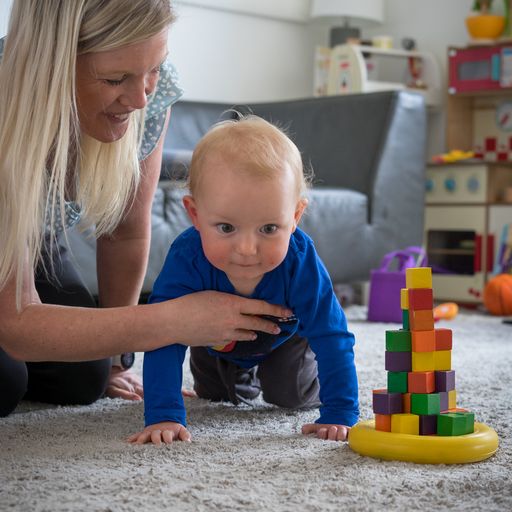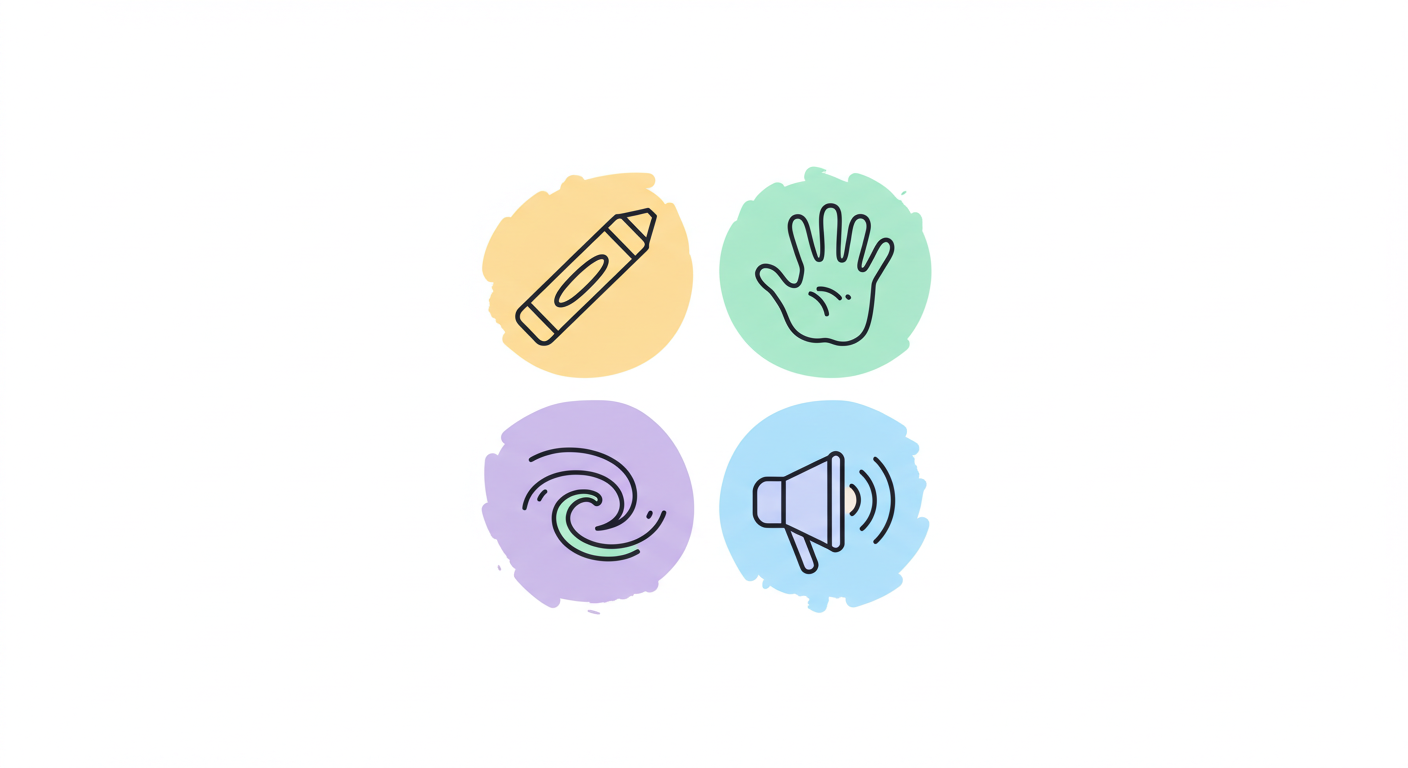Welcome to Occupational Therapy Edinburgh
Occupational Therapy helps children grow in confidence, independence, and joy one playful moment at a time.

I apply specialist standardised and non-standardised assessments and intervention plans to maximise engagement, achievement and independence in all activities, which we call a child’s “occupations”. These can include -
Participating at school such as handwriting, concentration and organisation
Emotional regulation supports
Sensory challenges which impact on everyday life
Playing with friends
Self care skills such as toileting, dressing, bathing and eating a meal
Leisure activities and hobbies
I see beyond diagnoses and limitations and look at relationships between the activities you do every day – your occupations – alongside the challenges you face and your environment. The plan is practical, realistic and personal to the child and family’s needs and interests.

A brain-based difference that can make focusing, sitting still, or controlling impulses tricky for your child. With the right strategies—like movement breaks, visual supports, and structured routines—they can learn to channel their energy and shine.

When everyday tasks—tying shoelaces, catching a ball, handwriting—feel harder than they should, DCD may be at play. We use fun, goal-driven activities to build coordination, strength, and confidence so your child can master those tricky skills.

A unique way of seeing and interacting with the world—your child might love routines, special interests, or find big crowds overwhelming. Through play-based learning, social stories, and sensory supports, we help them grow confidence, communication, and connection at their own pace.

Some children feel sounds, lights, or touch more (or less) intensely than others—making mealtimes, play, or school overwhelming. Through sensory-friendly strategies, we help them find a “just right” balance so they can stay calm, curious, and connected to the world around them.
Reach out for an assessment and let’s partner to foster your child’s confidence, one thoughtful step at a time.